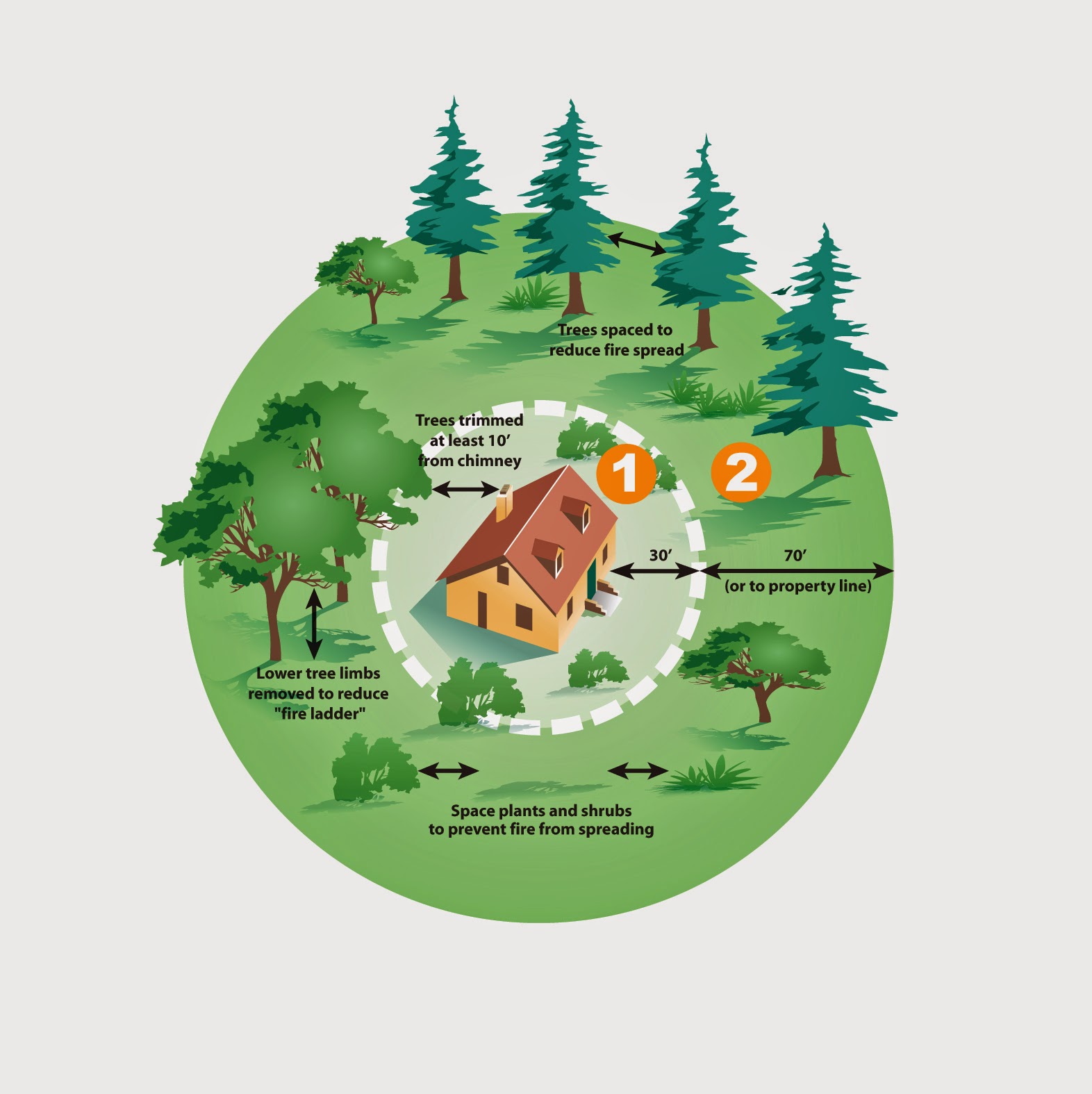Colorado Master Gardener volunteers in Jefferson County actively engage Jefferson County residents to foster successful gardening. A dedicated corps of 110 volunteers brings a variety of projects to life. In 2013, these energetic volunteers donated 6944 hours to CSU Extension. In business terms, that’s the equivalent of almost 3½ full time staff! In dollars, that volunteer service is worth $153,740. Following are descriptions of some of the major outreach projects which resulted in 10,338 direct contacts with Jefferson County citizens.
 |
| Beekeeping 101 |
Public Gardening Classes – CMG volunteers trained in public speaking presented classes on a variety of gardening topics throughout the year. One of the most successful projects in 2013 was the Backyard Food Production Classes. Colorado Master Gardeners and staff in Jefferson County developed a class series that studied successful backyard food production. Topics covered included Small Fruit Production, Growing Heirloom Vegetables, Biointensive Garden Design, Starting Your Own Plants from Seed, Soil and Amendments, Irrigation, Mapping, Planting, Season Extenders and Backyard Beekeeping. Three hundred seventy two (372) citizens attended. Approximately 1/3 of the audience were first time gardeners.





